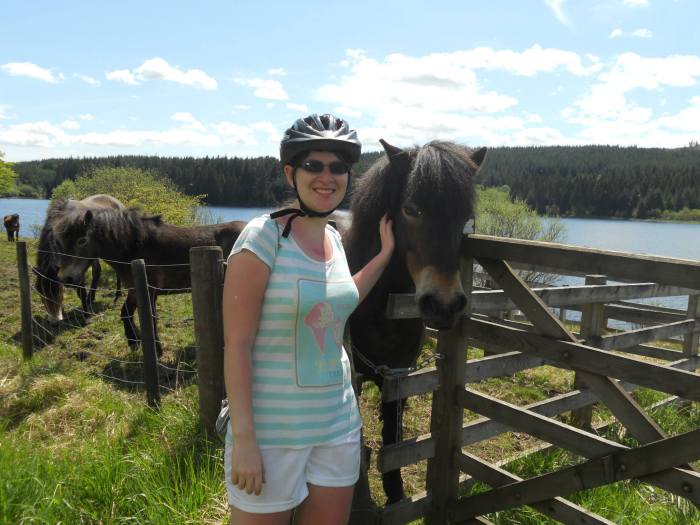The solenodon may not look like much, in fact few people are aware of its existence; but this shrew-like mammal the size of a rabbit; which can be found in Cuba, Dominican Republic and Haiti, is pretty special in a number of ways. For one, it is one of only a handful of venomous mammals, being able to squeeze neuro-toxic venom in its saliva through its incisors. As well as this, its snout contains a ball and socket joint to give it extra maneuverability and it is one of the privileged few species that the great Sir David Attenborough would put on an Ark if he had one.

But what is most incredible about the solenodon is its ability to survive. Scientists have established that this small mammal evolved 78 million years ago during the Cretaceous period, which means that it walked the earth at the same time as the dinosaurs! Even more incredibly, it survived the asteroid that caused the mass collapse of entire ecosystems and heralded the end of the dinosaurs. Scientists even believe that the solenodon populations were close to the area in Mexico where the asteroid hit, which makes it even more unbelievable that they survived such a momentous event in the world’s history.
The solenodon is so unique that the two species (Cuban and Hispaniolan) represent an entire biological family: Solenodontidae. Little is known about the Cuban species as it was presumed extinct until the 1970s and was then not seen again until 2003. The Hispaniolan species is better known and researchers have found that it actually comprises three separate subspecies which all evolved as a result of isolation on the islands. The rarest is found in a small Haitian forest whilst the other two can be found in the northern Dominican Republic and a south Dominican mountain range (the best protected population thanks to national parks).
As nocturnal burrowing animals, the solenodon has small eyes and poor vision, so similarly to a bat, it uses echolocation and its above average sense of smell to forage for its prey, comprising insects and other invertebrates. It has also been known to feed on fruit.
Unfortunately for this great survivor, both species are now classified as endangered on the IUCN Red List, and it is mainly due to us. Before human settlement occurred on its home range, the solenodon was the apex predator, and as such had no need to evolve defence mechanisms. However, during colonial times, settlers introduced the Asian mongoose to the islands to hunt snakes and rats, as well as bringing their domesticated cats and dogs. These non-native species have overtaken the solenodon as the apex predators and hence what was once the predator, has become the prey. Furthermore, human settlement has resulted in huge habitat loss, contributing to a reduction in its range and its population. The Dominican Republic lost more than 200,000 hectares of forest from 2001-2014, but the solenodon’s fate in Haiti looks even less certain. Here, the solenodon survives in the only significant part of cloud forest remaining in the Masif de la Hotte region. This impoverished region has been under constant pressure from the charcoal trade, resulting in almost total deforestation.
Solenodon researchers have been trying to raise the awareness of its existence through a three year research and conservation program, but despite its recommendations, few solutions have been put into place due to lack of funding, and local people still have little knowledge of it even though it is one of only two endemic land mammals on the islands.
The plight of the solenodon goes to show that in conservation, awareness is key. Everyone knows about the killing of rhinos and elephants and the orangutans losing their forests, and these are the species that get all the media attention and funding. The solenodon is a truly unique species, yet the vast majority of people have never heard of it. It would be such a shame if after having survived asteroids and ice ages, the solenodon perishes due to the actions of man.



